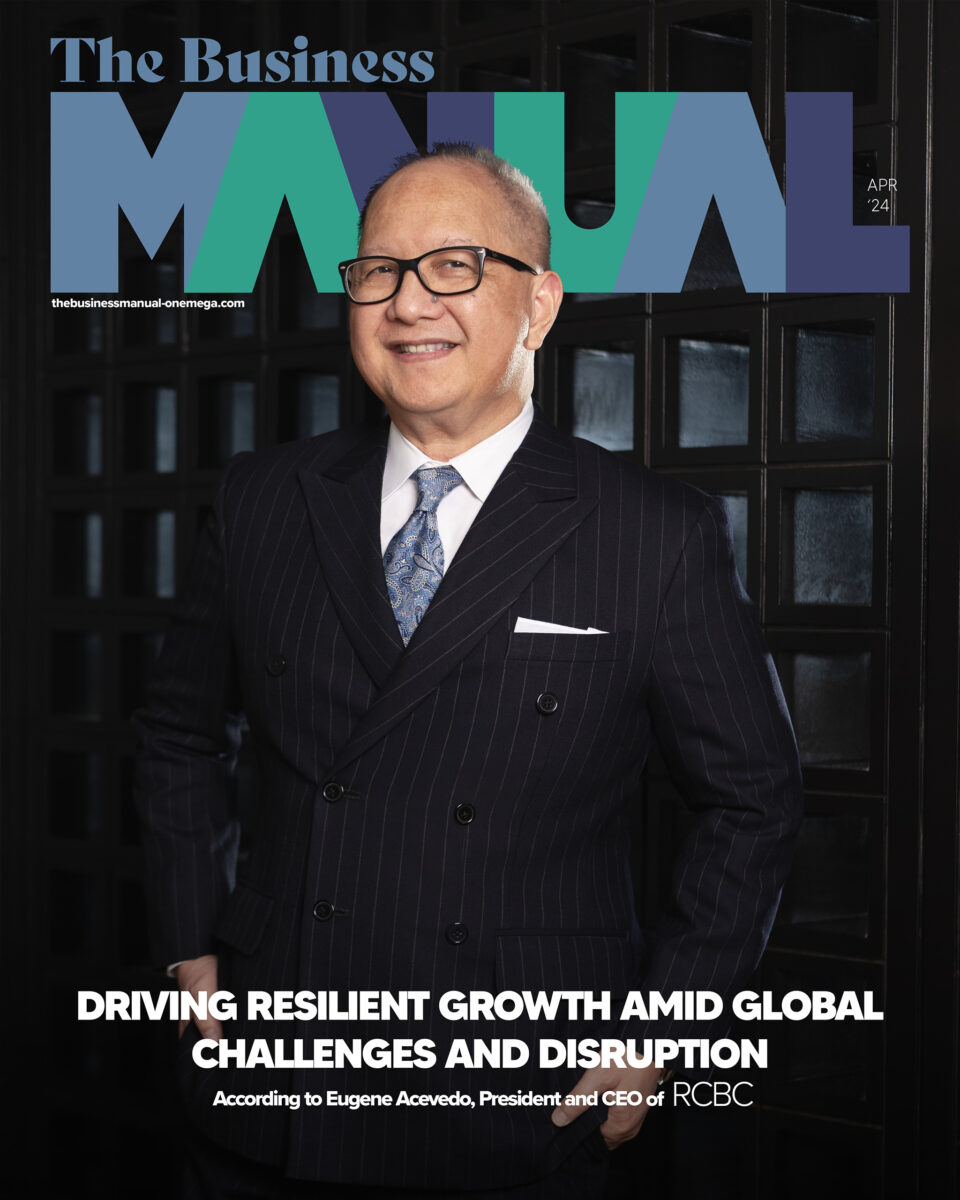From Chickenjoy to Chickensad: Is There Really a Chicken Shortage?
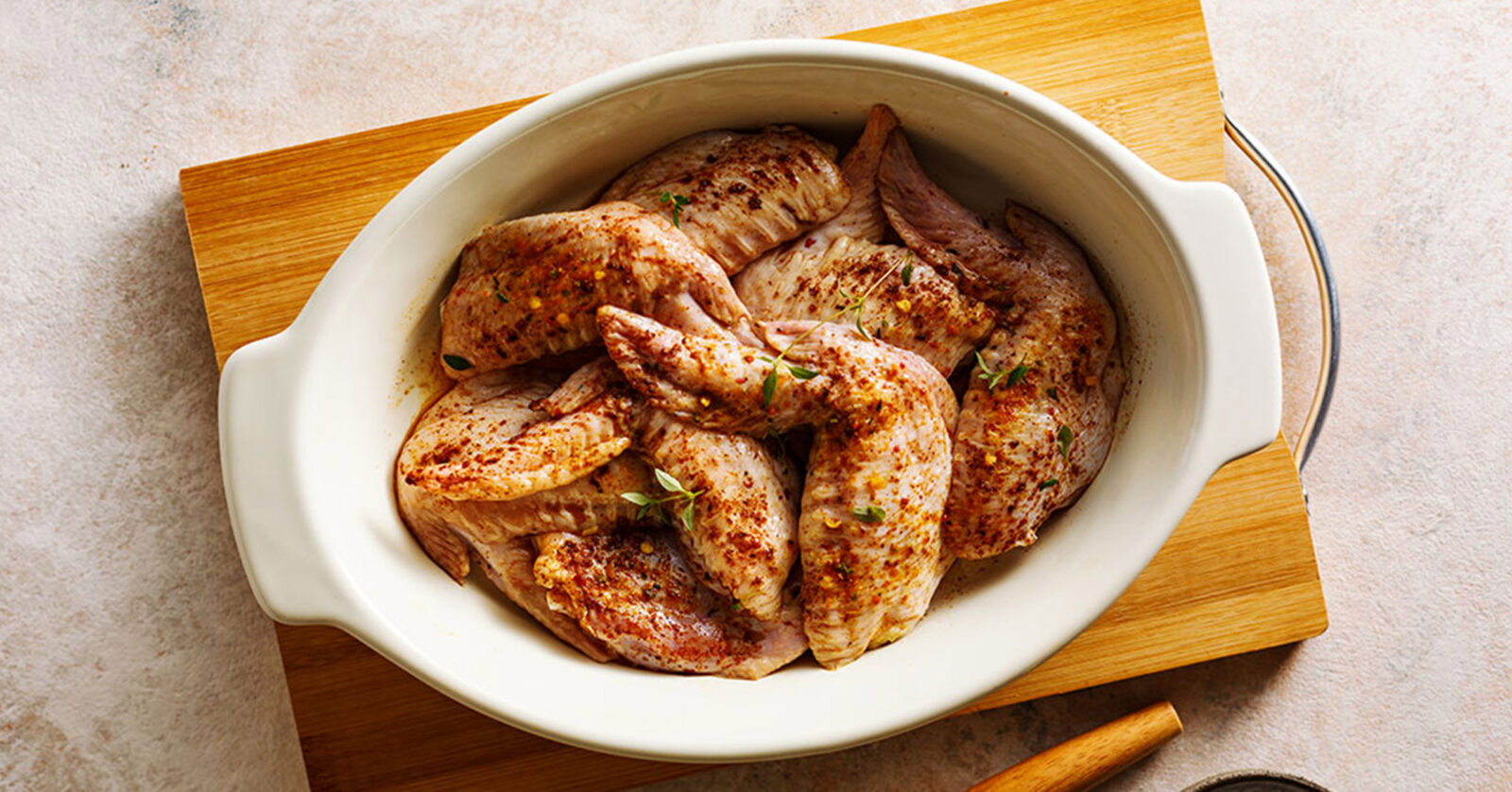
With chicken being unavailable in well-known fast-food chains, netizens wonder if a chicken shortage is upon us. Here’s what we know.
Chicken is the lifeblood of many fast-food chains, with popular favorites ranging from Jollibee’s Chickenjoy to the McChicken of McDonald’s, or even the classic 11-spice chicken of Colonel Sanders from KFC. And when said chicken is suddenly unavailable, it becomes a crisis—not just for foodies, but also for the businesses themselves.
When netizens first discovered that their favorite fast-food chickens (specifically the bestselling Chickenjoy from Tony Tancaktiong’s Jollibee Foods Corp.) have suddenly become available in their go-to delivery apps, they were saddened. Taking to the internet to express their woes, one Twitter user even jokingly said that this warranted the declaration of a state of calamity.
“Mag declare na kayo ng state of calamity dito sa south. Walang Chicken Joy sa lahat ng branches,” tweeted Helterskelter (@helterskelt3rrr) last Saturday night.
This lack of chicken has led many to believe that a chicken shortage may be imminent. “Chicken shortage,” tweeted Twitter user D na natuto (@derekism) the following day, suggesting that it was a supply issue.
But is there really a chicken shortage that we should be worried about? Here’s what we’ve found out so far.
Fowl Play?
From logistics bottlenecks to raw material shortages, among many other factors, the ongoing conflict between Russia and Ukraine has disrupted global supply chains, thereby affecting many industries, including the food business. Aside from a potato shortage, reports from earlier June have indicated the possibility of a chicken shortage.
How so? Aside from the unavailable Chickenjoy in several Jollibee branches, grilled chicken chain Mang Inasal—part of fast-food giant Jollibee Foods Corp.—made its popular chicken oil condiment available on a per-request basis, due to a “supply shortage.”
Moreover, stores that were known for their chicken wings were forced to temporarily remove them from the menu. McDonald’s for example did not offer fried chicken in its online app last Tuesday, while Frankie’s, a popular chicken chain, limited its orders to flavored boneless chicken as opposed to serving wings by the dozen in some branches.
According to Resto PH President Eric Teng, the chicken problem is just one of the many supply woes, joining the likes of flour, potatoes, and beef. Meanwhile, the United Broiler Raisers Association (UBRA) confirmed that there indeed is a short supply, adding that local production is held back by surging fuel prices and factors dating back to the COVID-19 lockdowns.
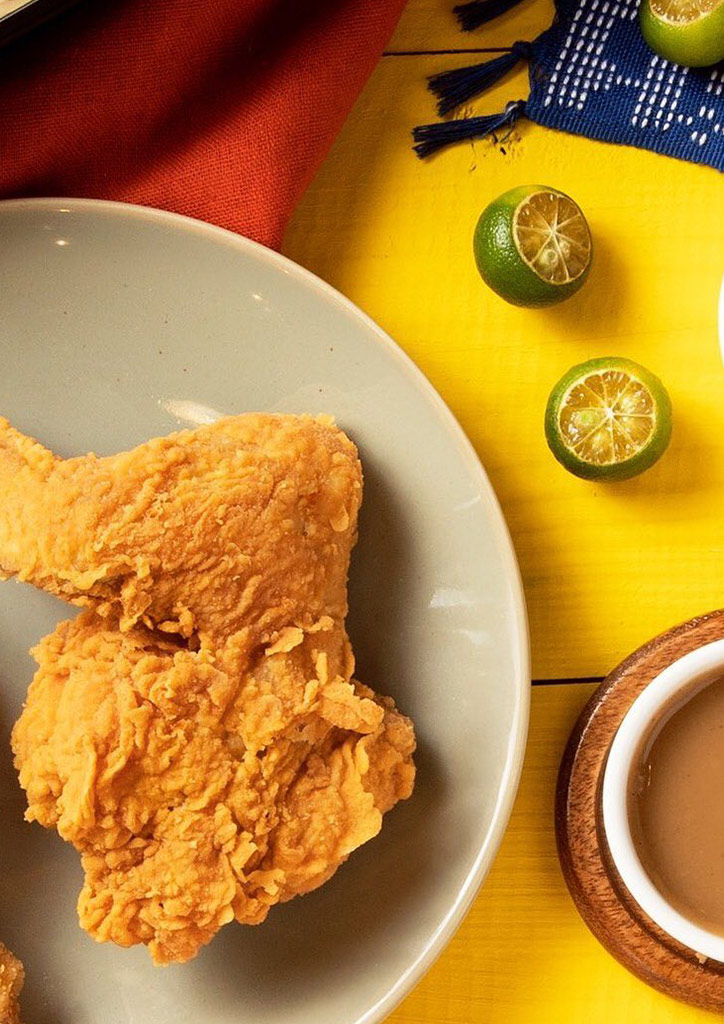
Growing Production Costs and Rising Prices
In an interview with CNN Philippines, UBRA chairman Gregorio San Diego said that local poultry raisers have reduced production by 30% during the beginning of the pandemic in 2020 since there was a low demand and an influx of chicken imports––the latter of which was supposedly meant to bring down retail prices.
“Naging conservative kami sa production,” San Diego said in an interview. “Even before itong war of Ukraine, lagi kaming nag-iingat… tumaas ang presyo ng feeds.”
[Rough Translation: We became conservative with our production. Even before the war of Ukraine, we’ve always been careful with the rising price of feeds.]
With input costs on feeds like corn, soya, and wheat climbing up in the past weeks, San Diego said that many have been forced to change their formulations, thereby resulting in smaller chickens. “Lalong natakot yung marami sa amin na mag-alaga kasi ang laki ng puhunan mo ngayon, paano kung nalugi ka?” he added.
[Rough Translation: People who raise these chickens have become more scared because the capital needed is very high. What if they lose money?]
Another factor includes the lack of imports. UBRA further added that the current supply woes may not be met through imports, since source countries have limited or banned chicken exports in order to prioritize their own demand amid the spread of bird flu.
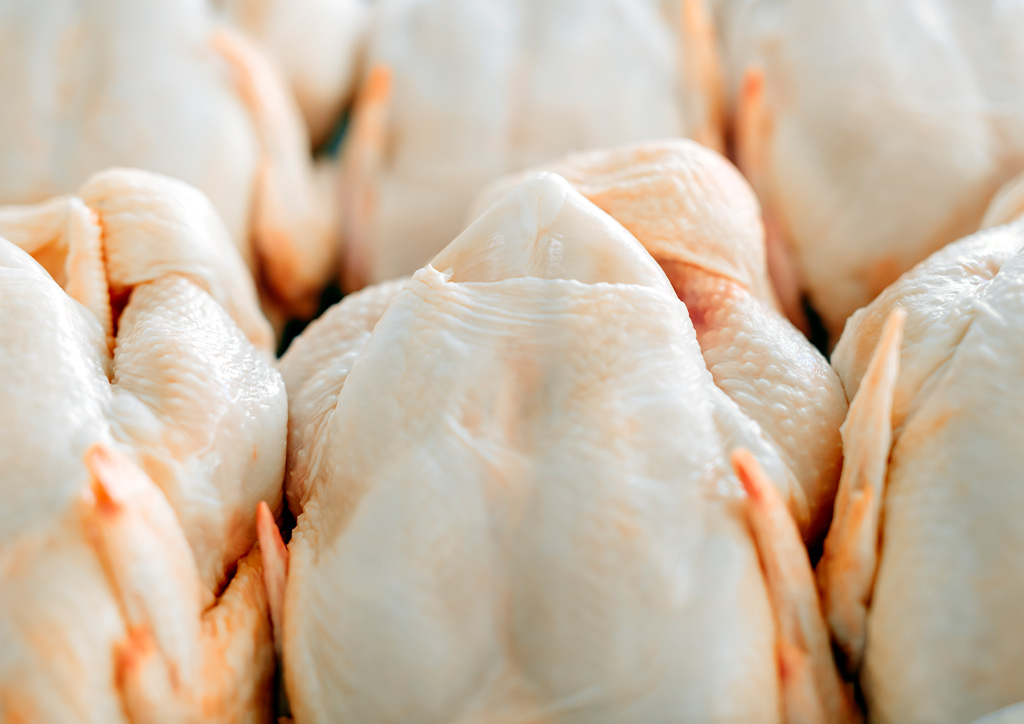
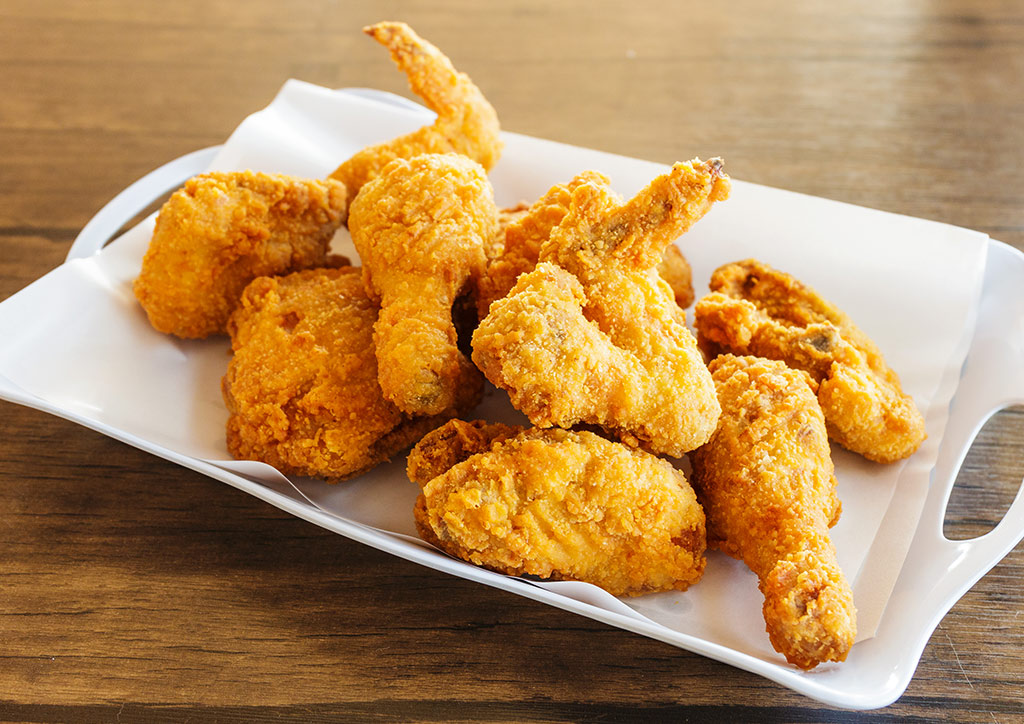
Chicken Shortage: Yes or No?
Fast-food chains, however, are not the only ones taking the hit. In Mandaue City, Cebu, and some parts of Abra, chicken vendors reportedly had to close shop, as they could not get stocks. Despite this, the Department of Agriculture said last June that this may be temporary.
“I would not qualify it as a shortage. Compounded itong problemang ito but let’s give our local producers a chance na itong supply and demand equation natin ay mag-autocorrect,” the Bureau of Animal Industry officer-in-charge Director Reildrin Morales said.
[Rough Translation: I would not qualify it as a shortage. This problem is compounded, but let’s give our local producers a chance to autocorrect the supply and demand equation.]
As of June 6, the DA official cited that there are 23,264.46 metric tons (MT) of dressed chicken in cold storage. However, this level is lower than the 30,993.56 MT inventory during the same period last year. What’s more, majority of the country’s chicken supply is imported, with barely a third coming from local farms.
While the supply may be addressed by increasing production, the results will need time to show—one to two months, even, as this is the full cycle of chicken-raising. And with the increasing prices of feed, this can be a challenge.
In addition, chicken imports pose a risk, too. Morales clarified that the thin supply in Cebu is likely due to a ban that the local government imposed on bringing in chicken supply from other provinces, as there is an imminent risk of bird flu being spread among poultry.
Aside from an increase in prices for chicken, San Diego expressed that people can also expect a shortage in eggs—given that they are by-product of chickens.
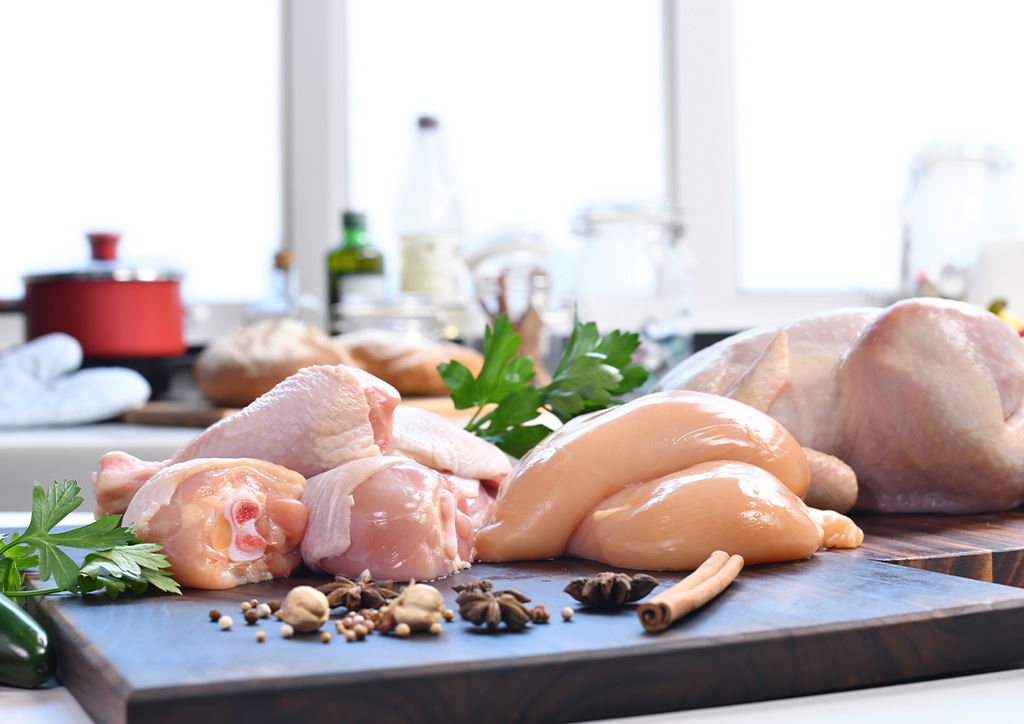
Of Shortages and Growing Prices
According to Luis Gerardo Limlingan—managing director at Regina Capital Development—these problems will persist if China’s lockdowns persist, as it is a critical transshipment hub, and doing so will disrupt logistics. On the other hand, the Ukraine invasion cuts access to key food inputs—not just potatoes and chicken. “As we continue to face the geopolitical headwinds we’re currently seeing right now, the shortages are likely going to continue,” he told the Inquirer.
With these supply bottlenecks that show no signs of letting up, many businesses have turned to local suppliers, while others have begun downsizing their offerings. In response to the fries shortage, McDonald’s Philippines advised customers that it will start selling smaller-sized French fries due to logistics problems. Meanwhile, US-based donut franchise Randy’s Doughnuts announced the temporary closure of its Bonifacio Global City store in Taguig last June, citing that “we ran out of flour.”
While raising prices can also be an option, Limlingan noted that there was a limit to that. “It’s also mostly businesses trying to balance tighter margins against losing potential customers due to higher prices,” he said.
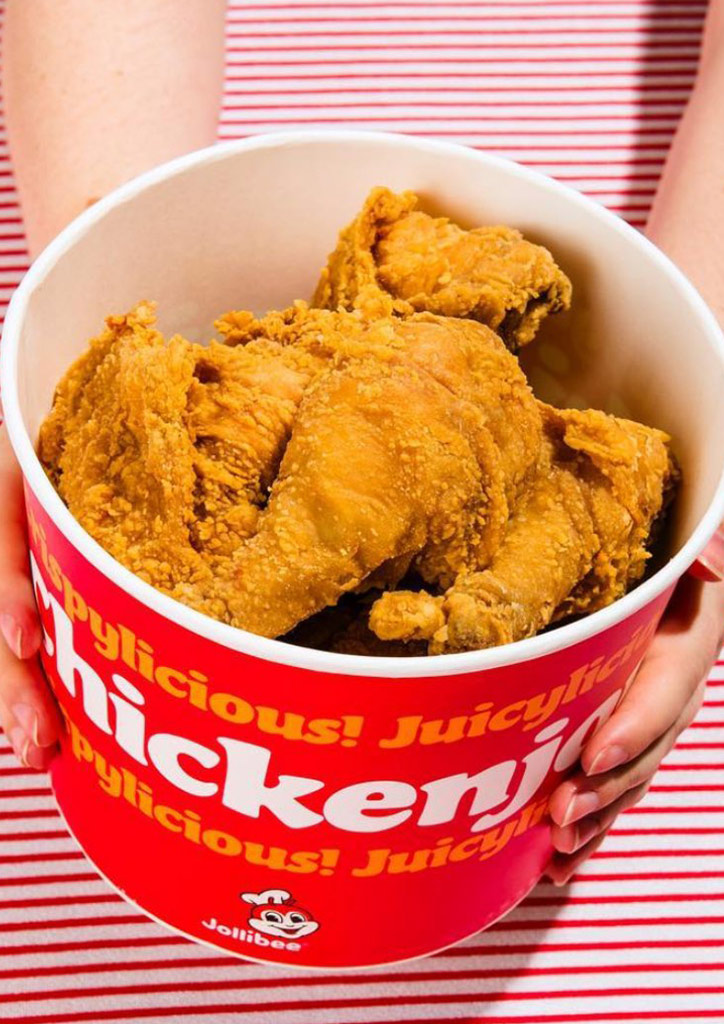
RELATED STORIES:
Japan Asked to Bear With Higher Prices for Philippine Bananas
No More Fries: Agriculture Department Confirms Global Potato Shortage
